The neighbourhood of Sant Antoni is home to some of Barcelona’s coolest cafes, bars and art spaces. Parlament Street alone hosts some of the best spots for a Sunday afternoon vermouth, Saturday morning brunch, as well as delectable donuts at any time of the day.
But what may be considered the real jewel in its crown is the Sant Antoni market, an 1872 construction by Antoni Rovira Trias that has recently undergone restoration. Anyone who was around during the period of restoration, saw fences surrounding the market and construction workers busy onsite.
The restoration of Sant Antoni market has finished now (2018), and according to ShBarcelona it is well worth a visit to get a glimpse of some of Barcelona’s architectural splendour.
Related link: The Parlament street, the most fashionable street in Barcelona
Table of Contents
Interesting facts about Sant Antoni Market
History of the market
The creator of Barcelona’s grid-like layout, Ildelfons Cerdà, was the one who devised the original plan for the Sant Antoni Market. The market was designed by municipal architect Antoni Rovira Trias, and built by Maquinista Terrestre i Marítima (Land and Marine Engineering Company).
One of the city’s biggest markets, its location was strategically positioned in front of the Sant Antoni gate of the old city wall, due to its busy activity. Construction began in 1872 and it opened in 1882 by the Mayor Rius i Taulet. Luckily, the restoration of the market has retained its historical features.
Archaeological finds during the restoration
Fascinating archaeological discoveries have been made during the market’s restoration works, adding to the knowledge bank of Barcelona’s history. One of these finds has been parts of Via Augusta, which was a first-century road linking Cadiz to Rome.
The Barcelona City Council describes the traces of road found at the site as being a valuable collection of the past, due to difficulties in finding the original road as a result of repairs damaging the former Roman route.
Another historical find has been the discovery of mausoleums and funeral monuments, including those made of bone and ivory. A Roman sculpture representing a teenage boy, that most likely was part of a funeral monument, was also uncovered.
Related link: Discover Mercat de les Flors
A temporary Sant Antoni market
While the Sant Antoni market was under restoration, stallholders worked from a temporary location that was located right next door at C/ Comte d’Urgell 1, Ronda de Sant Antoni, 18.
Inside you could still find a huge range of food stalls with fish, meat, fruit and vegetables, as well as a second, large undercover area with clothes, shoes and other household items.
The market has its own Sant Antoni market blog, as well as more details about what’s on offer to be found on the Sant Antoni market website.
If you plan on visiting the district of Eixample, be sure to check out the restored Sant Antoni Market.
Have you seen the Sant Antoni Market after restoration? What is your opinion?









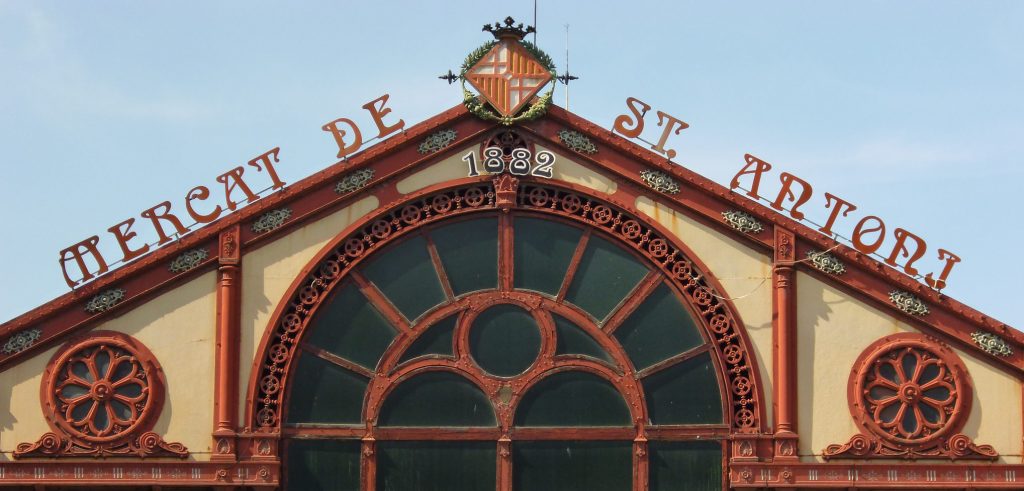
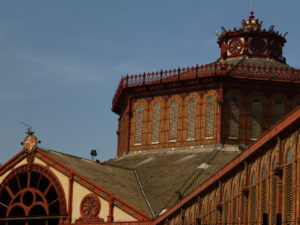
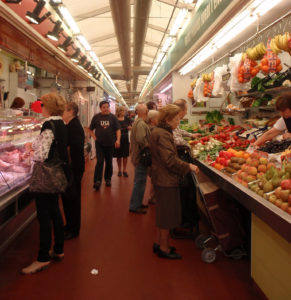
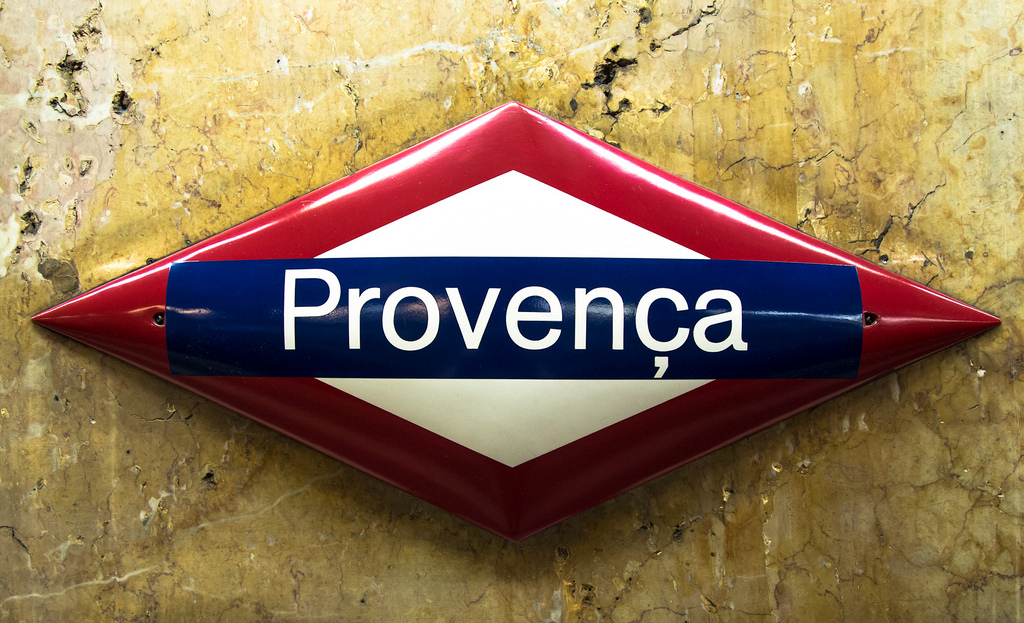
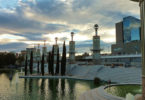

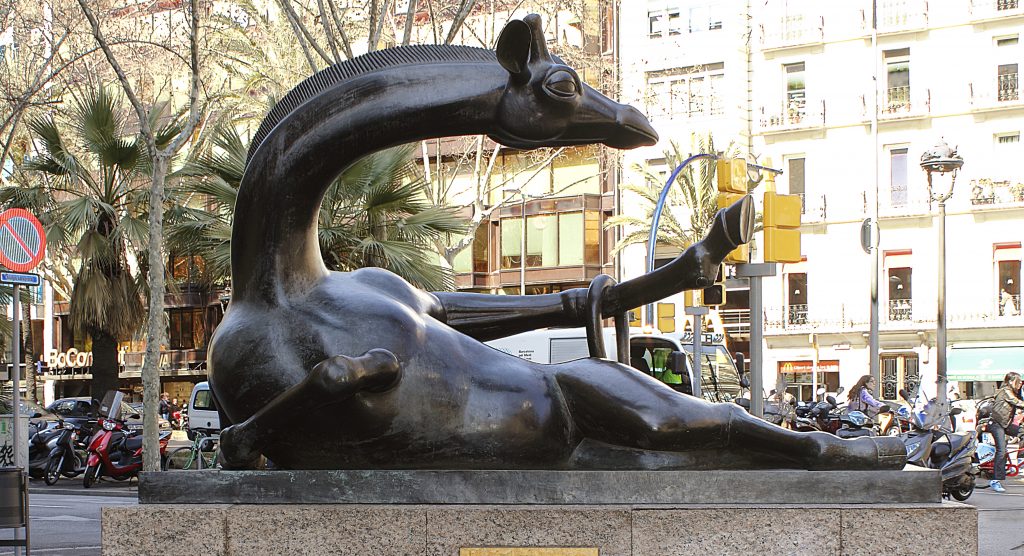
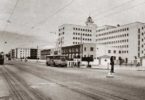
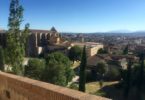

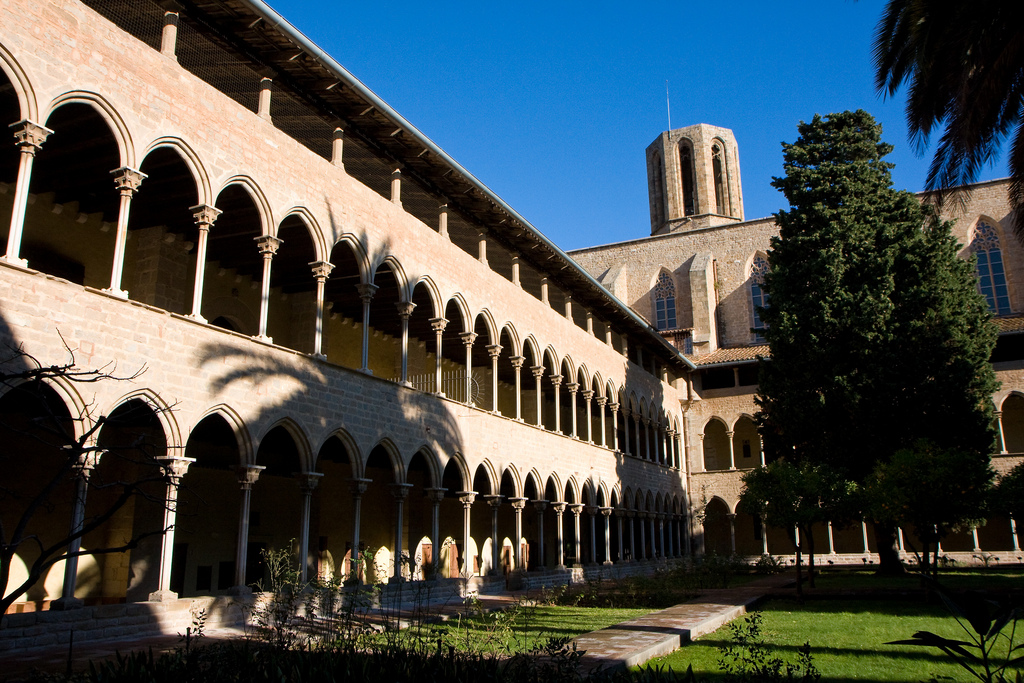
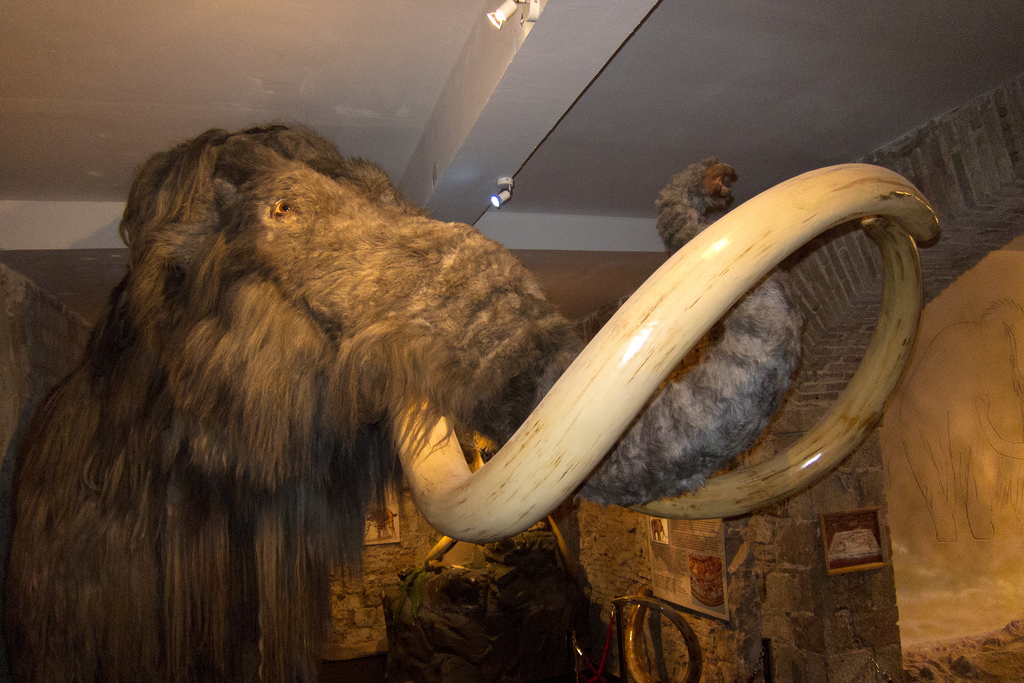

HI KAREN: IS THE MERCAT DE SANT ANTONI CONSTRUCTION OVER, AND IS IT OPEN YET? THANKS, NEIL